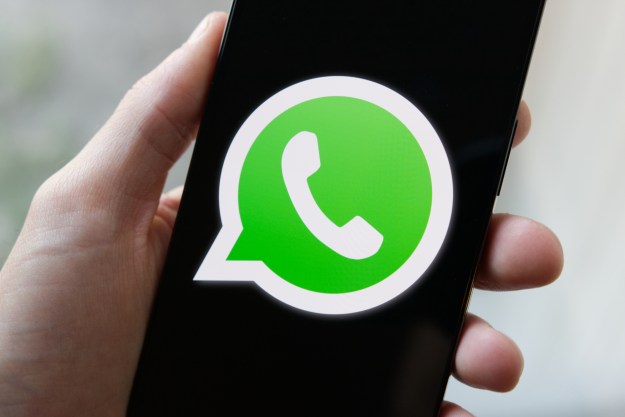Called Seateroo, the app works by letting buyers who’re unhappy with their seat location pay for a desired seat. Sellers, meanwhile, can save some money on their fare, though they may of course have to accept a less desirable seat in the process.
So how does it work? Well, after logging into the iOS app and finding your flight, sellers simply enter their seat number, set their price, and wait for the offers to (hopefully) roll in. Buyers who want to change their seat location input their desired seat (eg. aisle, window) and see what’s on offer.
Deals are carried out via electronic payments, with Seateroo taking 15 percent of the negotiated price.
The San Diego-based startup points out that while airline tickets and boarding passes are not transferable, “there are no government rules that prohibit seat swaps.”
Depending on the airline, it may even be possible to swap between classes, though it’s hard to imagine someone up front willing to squeeze into a less comfy seat with little legroom and inferior service, even if it does earn them a few bucks.
Commenting on the launch of the new app, Seateroo founder Brad Pursel says his service “has the potential to become a travel app that is used widely by those traveling by air for business or pleasure. After all, on almost any flight, there are going to be both people who wish they had a better seat as well as others who would like to save money on travel.”
Of course, Seateroo needs lots of users for it to be effective (it could do with launching an Android version asap), though as the startup notes in its release, the growing recognition of similar sharing-economy apps like Uber and Airbnb means more people are comfortable signing up to such services.
But take note. As a seller, you’ll have to accept the consequences of your sale. In other words, the buyer’s seat that you end up in may have been swapped because the in-flight entertainment display isn’t working, or maybe because the person in the next seat has a chesty cough. In that case, you could always buy someone else’s seat and call it quits.
Editors' Recommendations
- 8 iPhone browser apps you should use instead of Safari
- Google Messages vs. Samsung Messages: Which app should you use?
- WhatsApp now lets you send self-destructing voice messages
- Lapse app: what you need to know about the new Instagram killer
- Google now lets you know the best time to book a cheap flight

